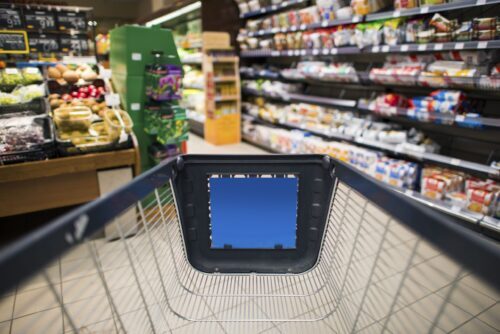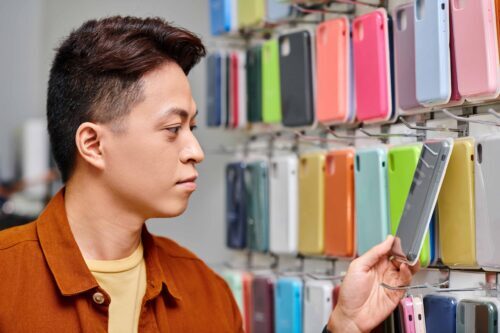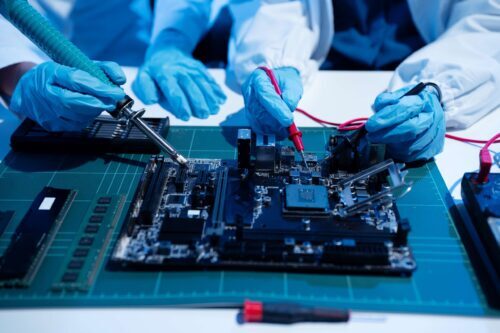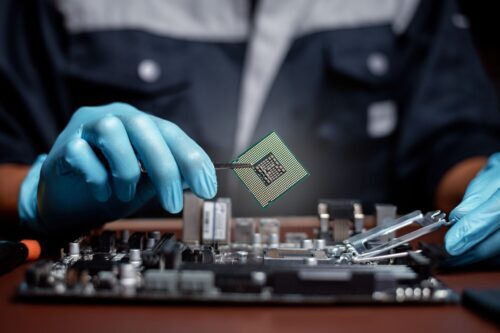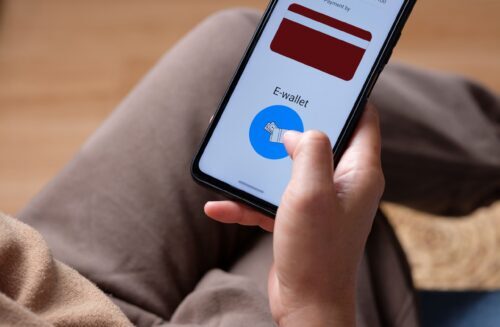
Could you lose thousands of pounds by shaking hands with someone who looks like a good customer? In a world where fake banking apps are becoming increasingly realistic, quite.
And it’s no longer an abstract risk to online platforms. It’s fraud that comes to you in person at your workshop, in your home, in your store.
A New Mask for an Old Fraud
Technology that was supposed to simplify our lives is now becoming a tool of deception. Fake banking apps designed to mimic the interfaces of major financial organizations allow fraudsters to show fake notifications of a supposedly successful transfer. A person sees a message on the phone screen about the receipt of funds and transfers the goods. Only the money never arrives to the account.
Such schemes, in fact, resurrect the spirit of the good old “whoremongers”, only now they are armed with technology. If before, to cheat you needed the skills of an actor and a fake receipt, now you just need a smartphone with a downloaded APK-file from an unverified source.
The scheme is surprisingly simple and all the more dangerous. An announcement in social networks, a polite buyer, a demonstration of payment, a quick departure with the goods. And then silence, no trace, no money. And, as practice shows, no particular reaction from the police.
Why Does it Work?
This fraud appeals to trust. We are used to being afraid of phishing, links in emails, strange calls. But when a person stands in front of us, greets us, looks us in the eye, we let our guard down. This is what makes the scheme so effective: it combines digital spoofing and live interaction.
According to Action Fraud, there have been around 500 such cases in the last three years. And that’s just the official figures. The real number is probably higher. Fraudsters are increasingly acting locally: they come to stores, make appointments. In this respect, fake apps are not just an IT crime, but a new kind of street fraud.
The question that arises by itself is: where in this system of control are the government and technology platforms? Some of these apps even appeared on Google Play, albeit removed later. But copies continue to circulate on the internet, available for one-click installation.
A Trap that Anyone Can Fall Into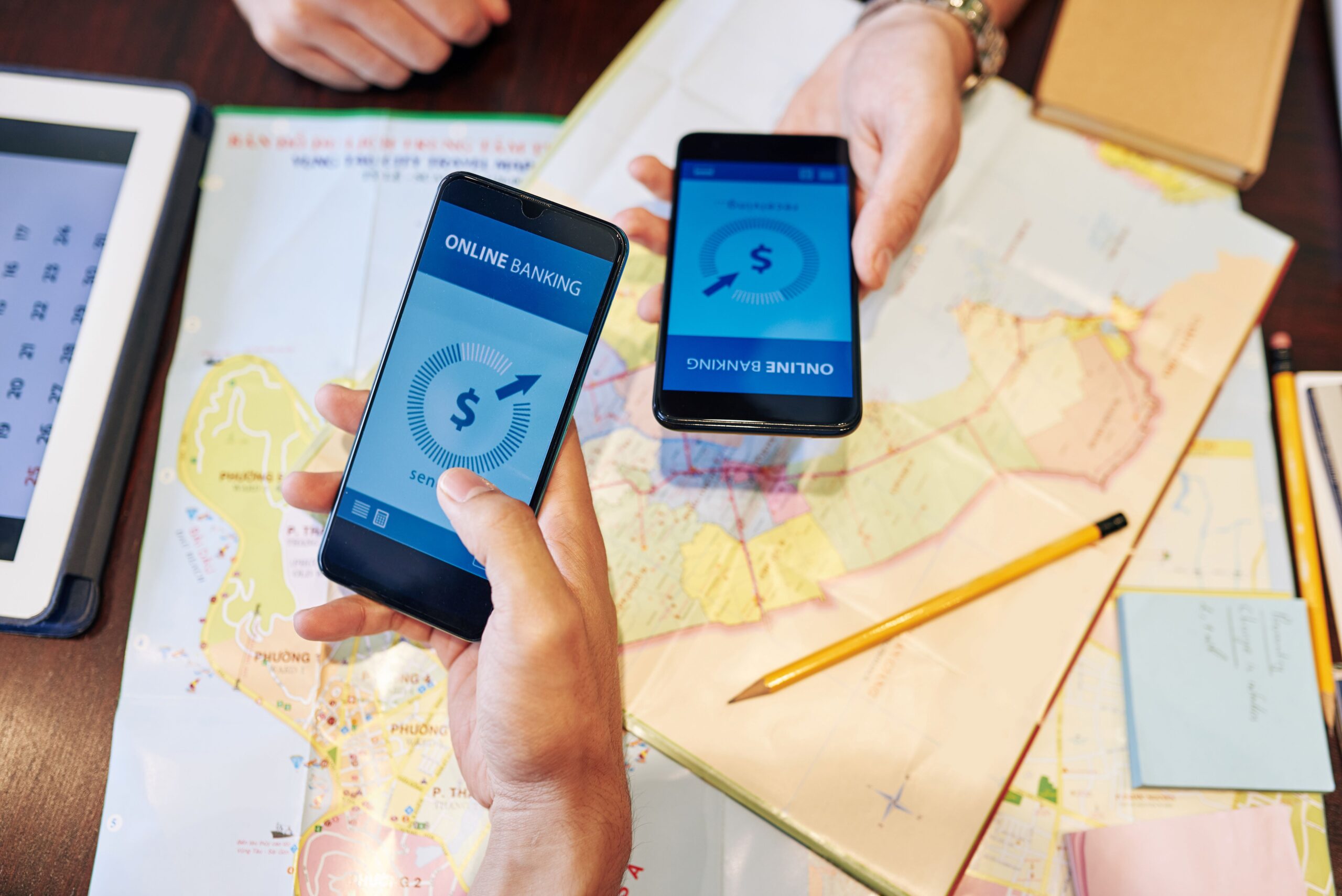
From entrepreneurs selling tech to parents selling jewelry for a family vacation, a wide variety of people have fallen victim. They have one thing in common: trust and the belief that the smartphone interface is proof of payment.
But the interface can be faked. What’s more, that’s exactly what it’s designed to do. While the merchant is looking at the screen, the fraudster has time to get away. The police often throw up their hands: it’s difficult to track a person through a social network profile, and there is even less time and resources for such cases.
As one of the victims said, “You lose faith in humanity.” And perhaps in the effectiveness of the law enforcement system, too.
What Can Be Done?
The answer is obvious: don’t take the word of even the most convincing interface. A transfer is only complete when you see the money in your account, not on someone else’s phone screen.
UK Finance advises against giving in to pressure and not handing over the goods until the funds are actually received. It sounds trite, but it’s becoming a lifesaver in an environment where everything but a bank balance can be faked.
For businesses, it’s a signal to beef up physical and digital security measures. Cameras, checking profiles, and refusing to instantly transfer goods are not paranoia, but basic digital hygiene.
But the question is different: can you single-handedly tackle a problem that is becoming systemic? The answer is no. Concerted efforts of platforms, government agencies and developers are needed. Because while techno-companies talk about freedom of distribution and police talk about lack of evidence, fraudsters adapt to the new realities with impunity.
Today’s digital environment is not just about convenience. It is a risk space where trust becomes currency. And while some continue to trust interfaces, others are capitalizing on it.



